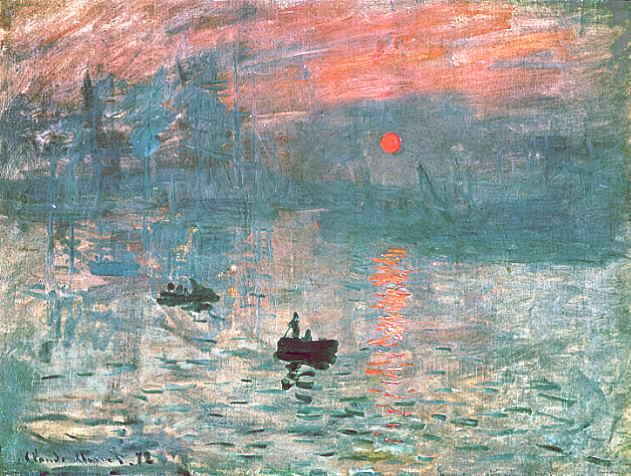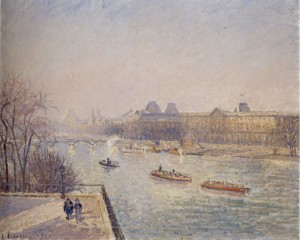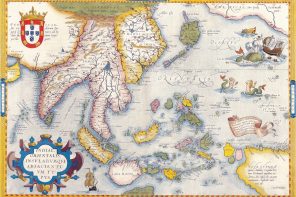Impressionism is one of my favorite genres of painting. The light, the landscapes, the soft pastels, what one would see in a dream. Below is a concise lesson on impressionism including how it began, the star painters and some of the telling techniques.
Take a read through and learn what makes this art movement so impressive. Once you have a basic understanding you can impress the ladies at lunch with your new found knowledge.
What: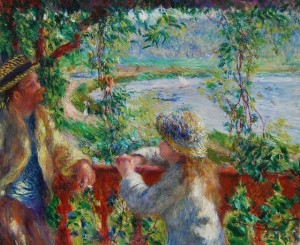
- An art movement where painters focused on the shifting effect of light and color. Subjects consisting of landscapes and outdoor scenery with the intent of capturing an “impression” of the moment.
When:
- 1860’s – 1890’s (first exhibition 1874)
Where:
- Originated and most predominant in Paris, France
How it began: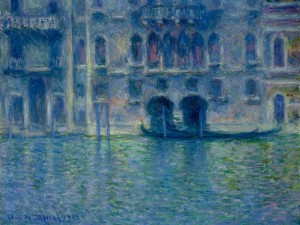
- The movement officially began in 1874 when a group of painters were rejected by the conventional art scene so they established their own exhibition. In all they had 8 shows from 1874 to 1886, although the original group didn’t take part in every show.
Techniques to look for:
- Paint is often applied impasto, which means in thick visible strokes, so the overall essence of the subject is captured.
- Colors are applied side-by-side with as little mixing as possible, a technique that exploits the principle of simultaneous contrast to make the colour appear more vivid to the viewer.
- The paint is applied to a white or light-coloured ground. Previously, painters often used dark grey or strongly coloured grounds.
- Wet paint is placed into wet paint without waiting for successive applications to dry, producing softer edges and intermingling of colour.
- Impressionist paintings do not exploit the transparency of thin paint films (glazes), which earlier artists manipulated carefully to produce effects. The impressionist painting surface is typically opaque.
- Pure impressionism avoids the use of black paint. Greys and dark tones are produced by mixing complementary colours.
- Natural light is emphasized and attention is paid to the reflection of colors from object to object. Painters worked at different times of day to capture the various lighting and even worked in the evenings to produce effets de soir—the shadowy effects of evening or twilight.
Famous Impressionists:
- Edgar Degas (1834–1917)
- Pierre-Auguste Renoir (1841–1919)
- Édouard Manet (1832–1883)
- Claude Monet (1840–1926)
- Frédéric Bazille (1841–1870)
- Gustave Caillebotte (1848–1894)
- Mary Cassatt (1844–1926)
- Paul Cézanne (1839–1906)
- Armand Guillaumin (1841–1927)
- Berthe Morisot (1841–1895)
- Camille Pissarro (1830–1903)
- Alfred Sisley (1839–1899)
HOMEWORK: Which is your favorite impressionist painter? Let us know in the comments below. Mine in Monet!

